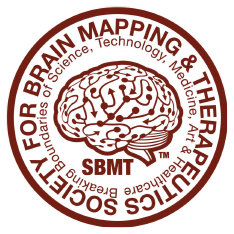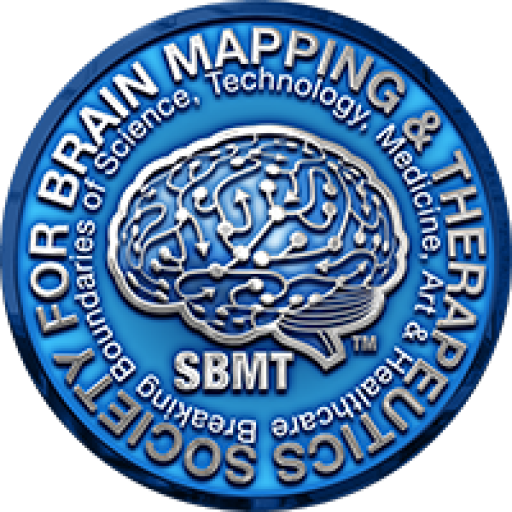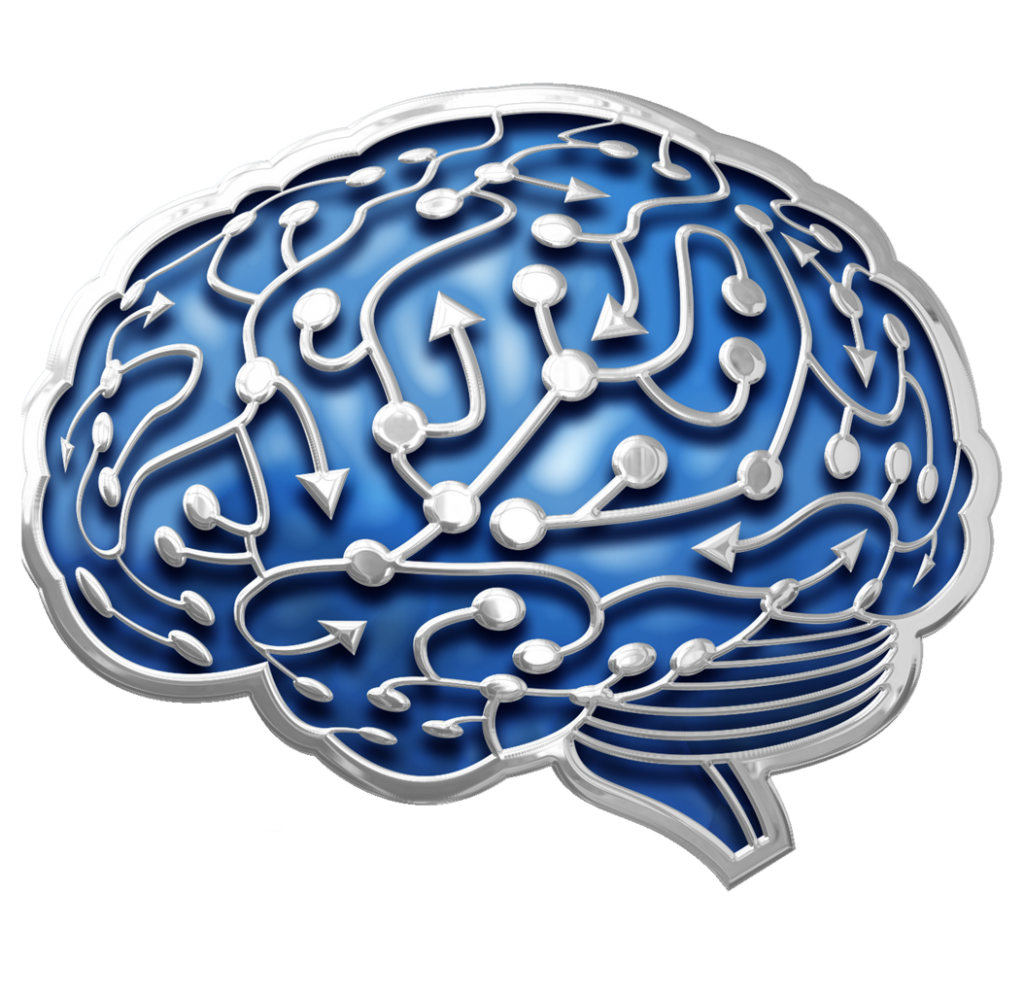In this lesson, you will analyze complex neuroimaging cases independently, developing your ability to interpret and discuss neuroimaging data. You will be encouraged to critically evaluate the images, consider alternative diagnoses, and reflect on how neuroimaging contributes to clinical decision-making. Although you will work independently, expert insights are provided to guide your analysis and help refine your understanding.
Key Concepts in Self-Guided Analysis:
- Reflective Learning:
- This is a self-directed process where you analyze neuroimaging cases, identify key features, and reflect on how the data can inform clinical decisions. Reflective learning encourages independent thought and deeper understanding.
- Expert Insights:
- Expert commentary will be provided after each case study, offering valuable insights into how professionals approach complex neuroimaging data. These insights will enhance your understanding and help you think critically about the cases.
- Critical Analysis of Imaging Data:
- As you review each case, think critically about the findings and consider potential alternative diagnoses. Analyze the brain structures involved and how they relate to the clinical symptoms presented in each case.
Self-Guided Case Studies for Analysis:
- Case Study 1: Seizure Localization in Epilepsy:
- Review the fMRI and PET scans provided and analyze the brain activity patterns. Consider where abnormalities might be located in relation to the patient’s seizure activity. Reflect on the role of neuroimaging in localizing seizure foci and guiding surgical intervention.
- Case Study 2: Brain Injury and Recovery:
- Examine MRI and DTI scans of a patient with a history of traumatic brain injury. Assess the extent of brain damage and consider how the white matter integrity might influence recovery. Reflect on the role of DTI in predicting long-term recovery outcomes.
- Case Study 3: Neurodegenerative Disease Progression:
- Review the longitudinal imaging data from a patient with Parkinson’s disease. Reflect on how the disease progression is reflected in changes to brain structures over time. Analyze the potential use of neuroimaging in tracking disease progression and guiding treatment.
Real-World Example:
- Collaborative Brain Tumor Diagnosis:
- Although this example is typically discussed in a team setting, in this case, you will independently review MRI and functional MRI scans of a brain tumor. Reflect on how different neuroimaging techniques provide complementary insights into the location and nature of the tumor.




